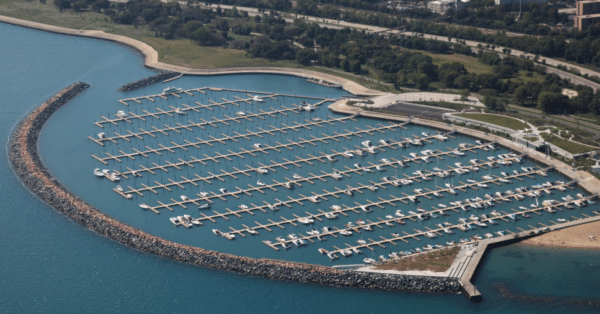Legionella is a genus of bacteria that can cause a serious form of pneumonia known as Legionnaires’ disease. First identified in 1976 during an outbreak in Philadelphia, this bacterium has since become a significant public health concern. According to the Center for Disease Control, the number of reported Legionnaires’ disease cases have been steadily increasing since the early 2000s.

Source: U.S. Centers for Disease Control and Prevention
In this blog post, we explore what Legionella is, how it spreads, its health implications, prevention strategies and remediation methods.
What is Legionella?
Legionella bacteria are found naturally in freshwater environments, such as lakes and rivers; however, it can also thrive in man-made water systems, particularly those that are not well maintained. The most common species associated with human disease is Legionella pneumophila, which is responsible for the majority of Legionnaires’ disease cases and Pontiac Fever, a mild respiratory illness.
How Does Legionella Spread?
Legionella bacteria are primarily spread through aerosolized water droplets. As such, a common method of legionella transmission includes the inhalation of tiny droplets of water that contain the bacteria. Some of the most common sources of infection include:
- Cooling Towers: Often found in large buildings, cooling towers can release contaminated mist into the air.
- Hot Tubs and Spas: If not properly maintained, these can be breeding grounds for Legionella, which grow best within temperatures ranging between 77°F-113°F.
- Plumbing Systems: Older buildings with complex or outdated plumbing can lead to Legionella growth, especially in dead legs or stagnant water.
- Decorative Fountains: Unmaintained fountains can aerosolize contaminated water.
Several factors may lead to the growth of Legionella:
- the presence of biofilm
- water stagnation
- changes in water pressure
- construction and water main breaks.
Symptoms of Legionnaires’ Disease
Legionnaires’ disease has an incubation period of two (2) to fourteen (14) days after exposure to the bacteria. Symptoms resemble those of flu or other types of pneumonia, and can include cough, shortness of breath, fever and chills, muscle aches, headaches and gastrointestinal symptoms. Since the symptoms can be vague and may resemble other illnesses, Legionnaires’ disease may go undiagnosed or misdiagnosed.
Legionnaires’ disease is often thought of as an opportunistic disease that frequently impacts individuals who have underlying illnesses or a weakened immune system. Those that are considered most at risk include the elderly, smokers or those with a history of smoking, individuals with chronic lung diseases and people with underlying health conditions, such as diabetes or kidney disease.
Prevention Strategies
Preventing Legionella contamination and subsequent infection involves proactive measures including
- regular maintenance of water systems
- the implementation of water management programs for large buildings and healthcare settings. These programs should include routine sampling for Legionella, as well as training of staff and facility managers about the risks associated with legionella and the role that sound property water management plays in reducing those risks.
Hospitals and other medical facilities including long-term care facilities should be extra vigilant about the risk of Legionella.
Remediation of Legionella Contamination
If Legionella is detected in a water system, immediate remediation is necessary to prevent further risks. Key steps involved in remediation include:
- Assessment and sampling
- Hyperchlorination of the system
- Thermal remediation
- Cleaning and maintenance
- Monitoring
Remediation following a legionella outbreak can be expensive and time-consuming. Given the potential health risks, possible legal liabilities associated with Legionella and financial implications, adequate insurance coverage is essential for facilities and property owners. Since Legionella is considered a contaminant, pollution liability insurance may be necessary, especially for facilities like hospitals, hotels and manufacturing plants with complex water systems.
Prevention Begins with Awareness and Education
Legionella poses a significant health risk, particularly in certain populations and environments. By understanding how this bacterium spreads and taking appropriate preventive and remediation measures, we can reduce the incidence of Legionnaires’ disease. Awareness, education and proactive management are key to protecting our communities from this serious illness.
For more information on mitigating the risks posed by Legionella and other public health hazards, please contact Jamie Miller, Project Manager II, Environmental Insurance, or reach out to us at +1.888.298.5162 or submit an inquiry.








